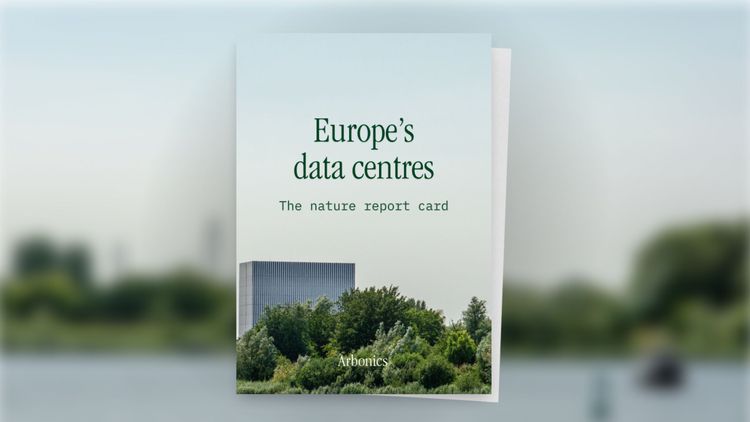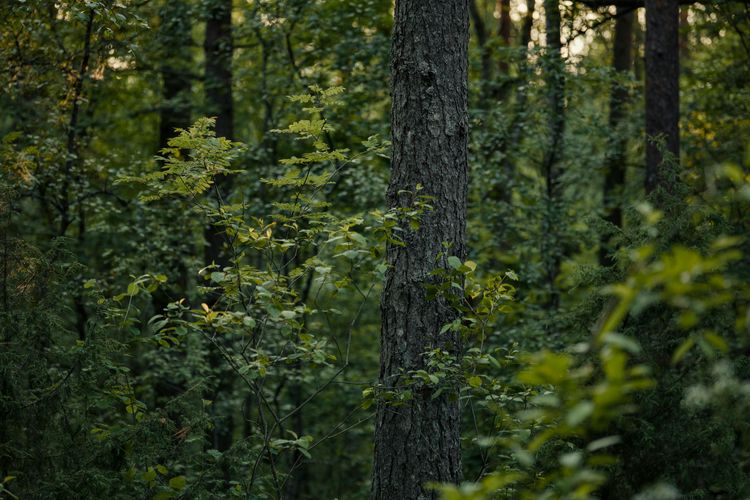EU's Carbon Removal Certification Framework (CRCF)
Updated February 2024
Back in November 2022, The European Commission (EC) published their proposal for establishing a Certification Framework for Carbon Removals, in short CRCF. In simple language, the EC expressed that they want to create a single set of rules under which all EU carbon removal credits would operate. As of February 2024, we also have a provisional political agreement between European Parliament, Council, and Commission, which means Carbon Removal Certification Framework will move forward.
How does the EU define carbon removals?
In the original proposal, they acknowledged 3 main types of removals:
- Permanent carbon removal - includes activities usually referred to as DACS (direct air capture and storage) and BECCS (bioenergy with carbon capture and storage)
- Temporary carbon storage in long-lasting products - includes things sometimes referred to as “supply chain carbon”, such as wood-based construction products
- Temporary carbon storage from carbon farming such as restoring forests and soil, wetland management, seagrass meadows
In the latest update in February 2024, when European Parliament, Council, and Commission reached an agreement on the legal text of the framework, a distinction was made for soil emission reduction and it was added as a 4th type.
- Soil emission reduction (from carbon farming) which includes carbon and nitrous oxide reductions from soil management
What is the goal of CRCF?
In their own words, the European Union wants “to ensure the high quality of carbon removals in the EU, and /…/ to establish an EU governance certification system to avoid greenwashing by correctly applying and enforcing the EU quality framework criteria in a reliable and harmonised way across the Union.”
These are laudable goals, and ones that we believe all serious participants in the carbon markets heartily agree with (certainly we at Arbonics agree!).
What will the new standard and certifications measure?
The EC has outlined four main criteria, referred to as QU.A.L.ITY:

In short, they want to ensure that any carbon removal is:
- clearly & accurately accounted for
- additional - i.e. captures more carbon than the “business-as-usual” scenario
- backed with verifiable data on the duration of carbon storage - i.e. that any potential buyer can clearly understand for how long the carbon associated with particular certification is stored
- supporting additional goals around ecosystem protection and restoration
It is particularly important that the Commission’s guidelines acknowledge the variability of each of these four criteria for different types of carbon removal.
For example, different types of carbon farming such as wetland restoration and afforestation can have very varying expectations around permanence i.e. storage duration. Wetland restoration maybe be expected to lock carbon up for 1000+ years and forests for 60-100 years. Providing clear guidance around this helps ensure that both types of projects are encouraged (which is necessary to fulfil the overall goal of removing 310 Mt of CO2 in the Land Use, Land Use Change and Forestry (LULUCF) sector) while still providing clarity for counter-parties around what exactly they are buying.
Who will develop specific methodologies under the CRCF?
In short, the EU will. Here’s how they outline the process:
- EU develops methodologies (European Commission is in charge of that)
- Operators (carbon project developers) join certification scheme
- Third-party verification
- Activity gets certified
- Removals recorded in registry

The EU develops methodologies - or more specifically, an Expert Group of around 70 experts, including “individuals with special expertise in the field of carbon removals, as well as representatives from academia, industry, civil society, Member States' competent authorities, and other public entities” will do so. They will meet twice a year and now that the proposal has been agreed, the first expert group meeting will take place in April 2024.
What does this mean for forest carbon? Can we still run forest carbon projects?
This is a very positive sign that the EU is taking the voluntary carbon market (or at least the removal side of the market) very seriously and is looking to it to be a key player in developing the EU’s climate goals. That is great news for project developers and landowners interested in participating in carbon projects.
Furthermore, even before the actual methodologies are published, the four QU.A.L.ITY criteria provide clear guardrails to create high-quality projects.
What’s next? When will CRCF be operationalised?
Now that the Council and European Parliament have reached an agreement, the framework can move into implementation and final approvals. For example the expert groups, who can now start working on the methodologies for each carbon removal activity. They are meeting in April 2024 and we will keep an eye on what comes out of their discussions. We will hopefully have some clarity on which methodologies will be developed first and the expected timelines.
In addition to methodologies, an EU-wide registry will be developed in four years from the adoption of the regulation.
What detail is still missing?
We will be eagerly awaiting more info on the following:
Establishing additionality
The proposal outlines a baseline-based approach and these baselines will be established within the certification methodologies. Details for each methodology and how this will be implemented in practice remains to be seen.
How do legacy certifiers slot into this?
We got some clarity to this question in the recent text – existing and new public and private certification schemes such run by Verra and Gold Standard can apply for recognition by the Commission under the framework. Importance of inter-operability of their registries with the EU-wide registry was also recognised but details on how this will work in practise remain to be seen.
How does the trading of these certificates work alongside the country-based emissions cap model?
The proposal explicitly calls out that the certificates resulting from this new framework can be bought and sold on the voluntary carbon market. It was further agreed that the certified units can only be used for the EU’s climate objectives and nationally determined contribution (NDC) and must not contribute to third countries’ NDCs and international compliance schemes (decision, which will be reviewed in 2026).
- How does the EU define carbon removals?
- What is the goal of CRCF?
- What will the new standard and certifications measure?
- Who will develop specific methodologies under the CRCF?
- What does this mean for forest carbon? Can we still run forest carbon projects?
- What’s next? When will CRCF be operationalised?
- What detail is still missing?
- Establishing additionality
- How do legacy certifiers slot into this?
- How does the trading of these certificates work alongside the country-based emissions cap model?


